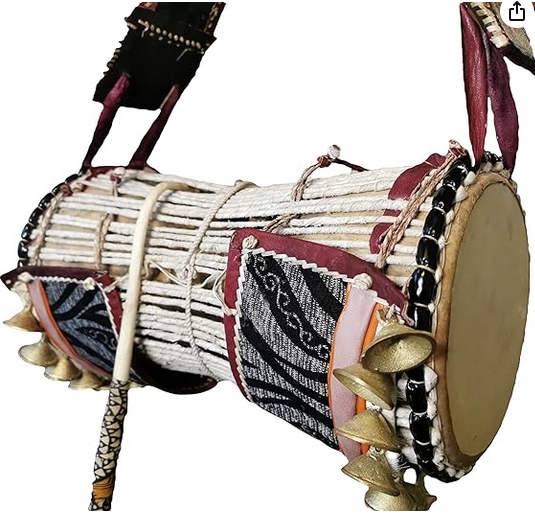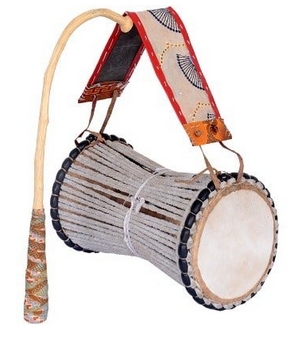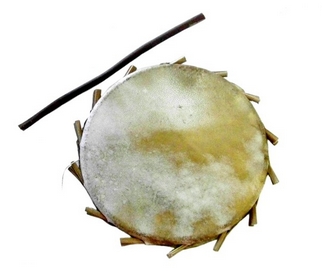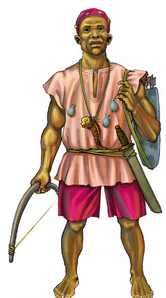
support@yorubalibrary.com
+2348073529208, 07038599574

Drums hold a special place in Yoruba culture, serving not only as musical instruments but also as carriers of tradition, history, and spiritual significance. This article looks into the diverse types of Yoruba drums, each with its unique characteristics and roles within the vibrant cultural heritage of the Yoruba people
Dundun Drum
Dundun, is perhaps the most famous Yoruba drum. It is known for its ability to imitate the tonal nuances of the Yoruba language. The drum is hourglass-shaped and can be played by squeezing the cords along its sides to change the pitch. The talking drum is used in various contexts, from communication to entertainment and ritual performances.
Bata Drum
The Bata drum is a double-headed drum with a unique, conical shape. It is traditionally used in religious ceremonies, particularly those dedicated to the deity Sango, the god of thunder and lightning. The Bata ensemble typically consists of three or more drums of different sizes, each producing distinct tones that combine to create complex rhythms.
Gangan Drum
The Gangan drum is another type of talking drum, smaller and more portable than the Dundun. It is often used in similar contexts but is favored for its higher pitch and sharper sound. The Gangan drum is popular in both traditional and contemporary Yoruba music.
Sakara Drum
The Sakara drum is a round, shallow drum made from baked clay with a goatskin head. It is played with a stick and fingers and is commonly used in traditional Yoruba music and Islamic religious ceremonies. The Sakara produces a distinctive, resonant sound that complements other drums and musical instruments.
Iya Ilu Drum
The Iya Ilu, meaning "mother drum," is the largest drum in the Dundun family. It provides the bass foundation in an ensemble, playing a leading role in guiding the rhythm and pace of the music. The Iya Ilu's deep, powerful tones are essential in ceremonial and celebratory contexts.
Conclusion
Drumming is an indispensable aspect of Yoruba culture, woven into the fabric of daily life, religious practices, and social interactions. The various types of Yoruba drums each have unique characteristics and serve different purposes, from communication and spiritual expression to entertainment and cultural preservation. Understanding the importance of drumming in Yoruba culture highlights the depth and richness of this musical tradition.

Learn about the Yoruba concept of Ìwà Pẹ̀lẹ́ (good…

Learn special praises for Divine Being and Creator…